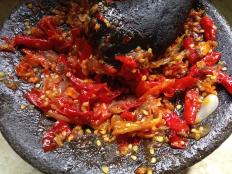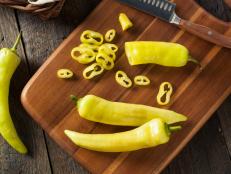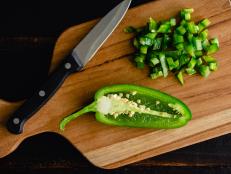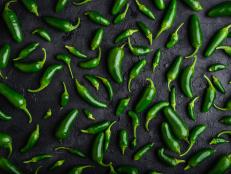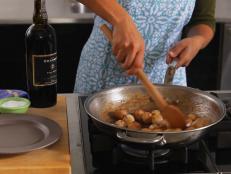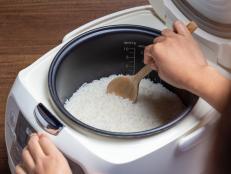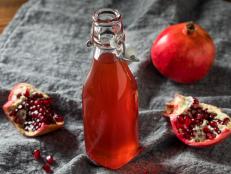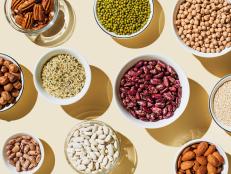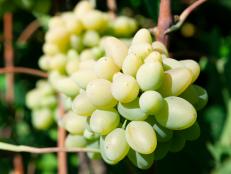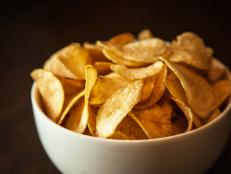How to Handle Chiles: A Step-by-Step Guide
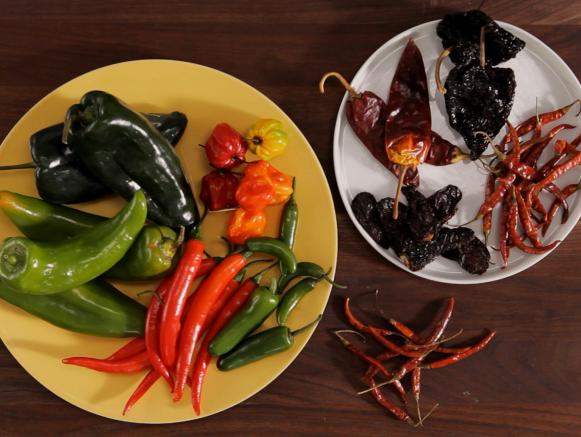
Chile peppers add heat and flavor to dishes, but you need to know how to handle them, fresh or dried.

Some Like It Hot
If you like your chiles hot, slice up a serrano chile, seeds and all.
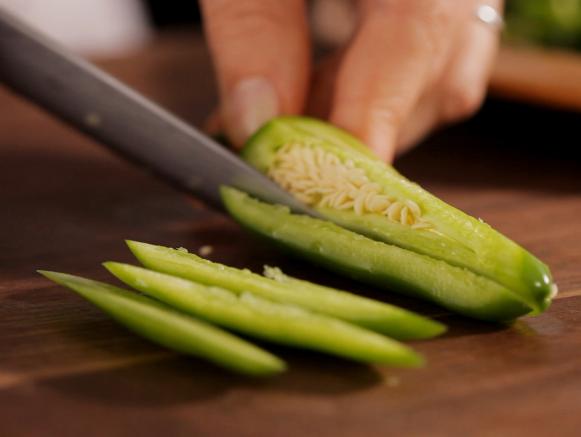
Just the Flavor
If you want the flavor of chiles without the burn, hold a jalapeno by the stem and slice off the sides as you rotate. If you remove the membrane and the seeds, you'll also remove a lot of the heat.

Safety
Keep the chiles away from your eyes and always wash your hands when finished.
Tip: If you're handling a lot of chiles, gloves prevent burning.
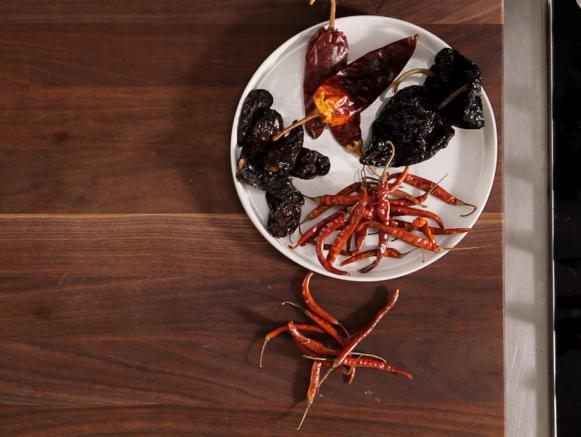
Dried Chiles
One way to prepare dried chiles is to toast, rehydrate and purée them. Start by stemming and seeding them.
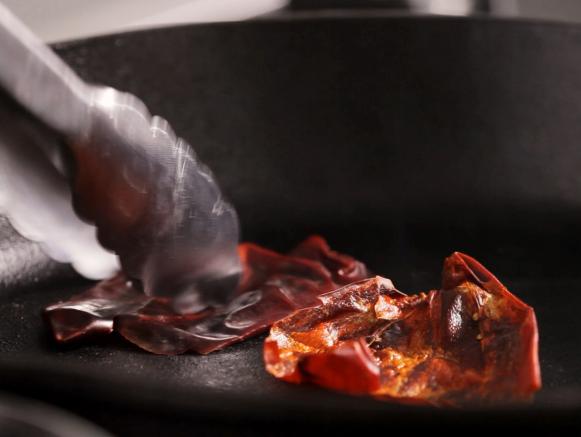
Toasting
Next, toast the peppers. They're done when you see light brown spots and smell a roasty aroma.
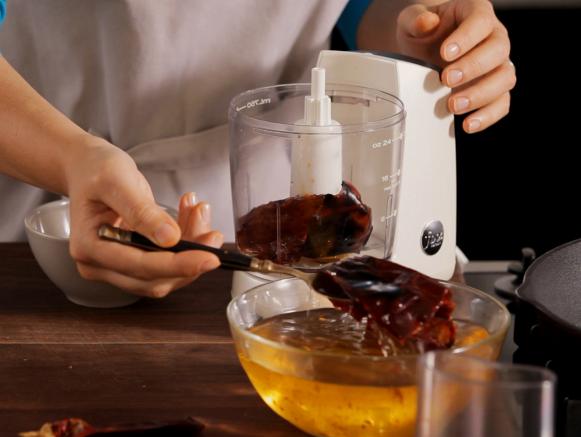
The Purée
Next, submerge them in hot water and soak until they're soft. Then puree in the blender or food processor with a little stock or water. Use it to infuse great chile flavor into your recipes. Keep purée covered in your fridge for up to a week.

Using Fresh Chiles
Use fresh chiles raw in salsas or to spice up your favorite dishes. Heat levels range from mild to mind-blowing.

Using Dried Chiles
Dried chiles can be used in longer-cooking dishes like stews, but they also work well in marinades and dry rubs. Their flavor profiles can be smoky, spicy or really spicy. Watch this how-to video for more.
























